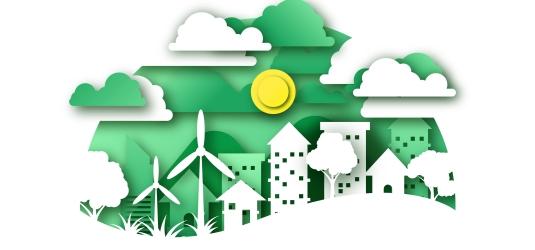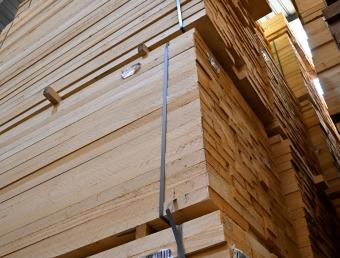
Circular economy and sustainable building materials
What is the circular economy?
The circular economy is a model of production and consumption that aims to reduce waste and the waste of raw materials, water and energy sources, extending the life of products.
Today's economy is known as the “linear economy”, where products are used and thrown away only after being used once. This type of economy is totally unsustainable in the long term, since an immense amount of waste is generated that cannot be used again as raw material to make more products.
The circular economy aims not only to improve the use and recycling of products, but also to introspect how we design products: if we make them wait for their subsequent recycling or if they are designed to be easily repaired in case of breakage. For this reason, the principles of the circular economy are governed by the 7Rs: redesign, reduce, reuse, repair, renew, recycle and recover.
Advantages of the circular economy
- Seeks the use of resources and the reduction of raw materials in all phases of the life cycle of the product or service.
- Evaluates the environmental impact of what is going to be manufactured from the moment it is designed.
- Reuses used resources.
- Promotes the durability of products or services.
- Converts waste into raw materials.
- Respect the environment.
- Reduces consumption and waste generation.
- Gives products a second life.
- The Circular Economy provides benefits for both society and companies, since reusing resources is more profitable than creating them from scratch, with the economic and production cost that this entails.
- Reduce, reuse, repair and recycle allow companies to make much more use of materials.
- Allows the development of innovation in the economic and social fabric to offer new social.
- Promotes jobs.
Sustainable building materials: HONEXT
HONEXT® is an example of a material that follows the circular economy model. HONEXT® is a fibreboard made entirely of residual fibres for interior applications in construction.
HONEXT® is governed by the principles of the circular economy. The sustainable profile of the HONEXT® panel comes from the sourcing of raw materials, its manufacturing process and the alternatives once it reaches the end of its useful life.
- Made with waste
The raw materials are residual fibres from primary sludge from the paper industry, and cardboard waste from products that have already been used. In its manufacture only raw materials that come from recycling are used - waste from other products.
- Waste recycling
The HONEXT® industrial process gives new life to residual fibres by reusing them, thus extending the life cycle of said fibres and, in turn, allowing the manufactured board to be recycled later.
- Local raw material
The residual fibres are obtained and processed in the area where they are generated, which reduces the environmental impact of transport.
- Carbon neutral manufacturing
The manufacturing plant is located on a landfill. Biogas from waste digestion is used in the manufacturing process, which results in a net carbon-neutral balance: biogas comes from organic matter that has absorbed CO2 throughout its life.
- Non-toxic
In the HONEXT® manufacturing process, toxic additives or resins are not used, more advanced bioscience techniques are applied to recycle residual fibres, reinforcing and protecting the cellulose bonds of the fibres.
- Recyclability
Once the logistical frameworks are established, the HONEXT® industrial process also makes it possible to recycle HONEXT® panels, keeping the residual fibres in a closed circuit.


